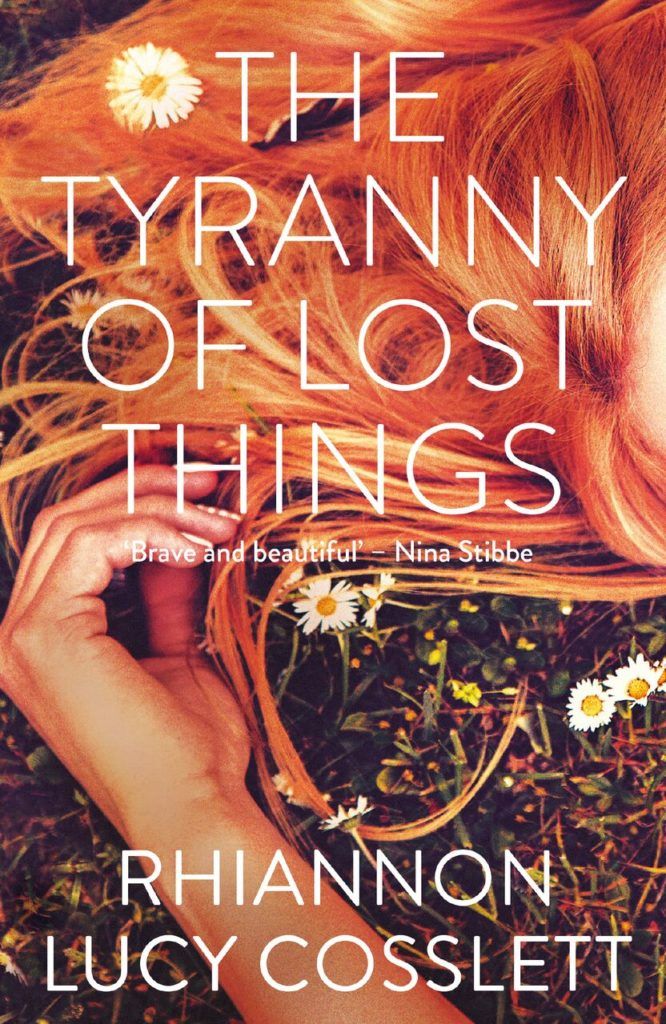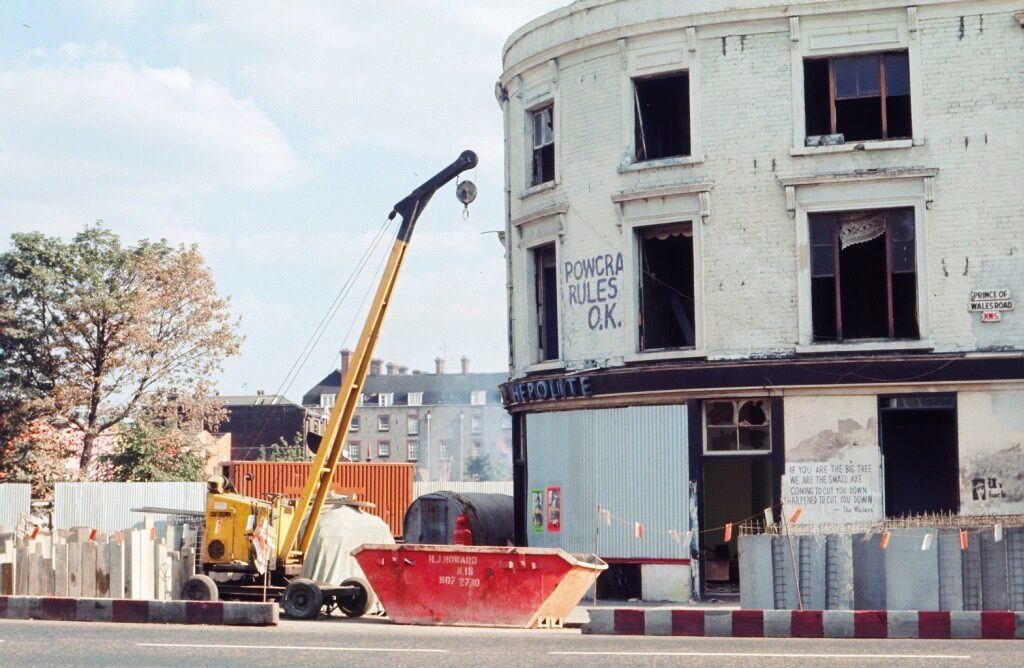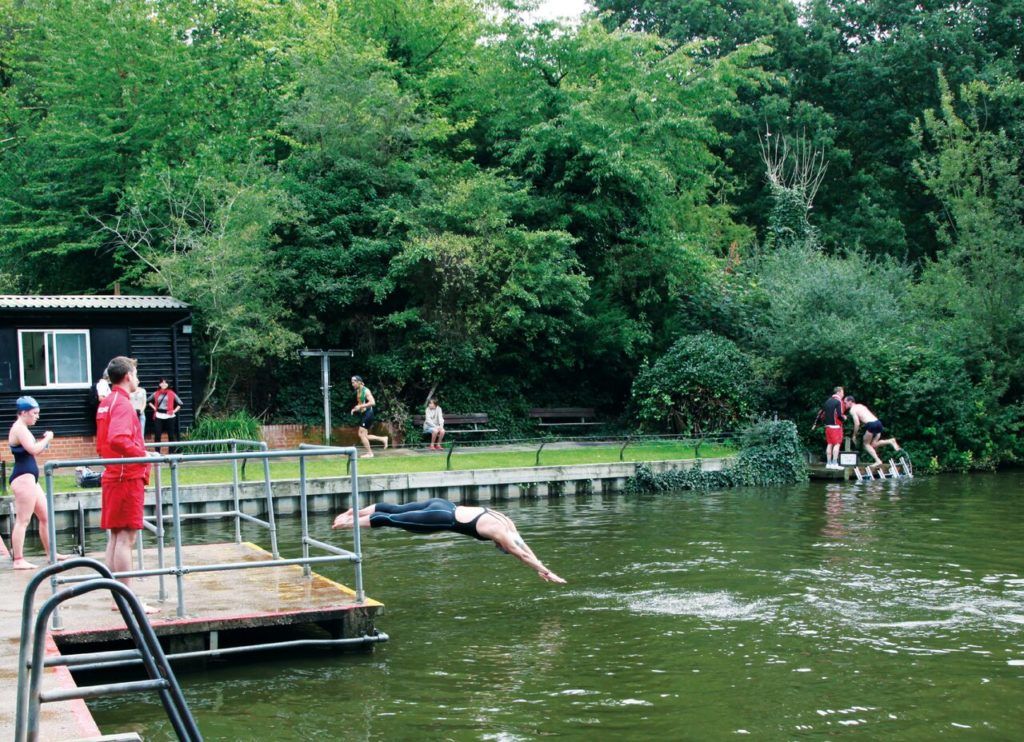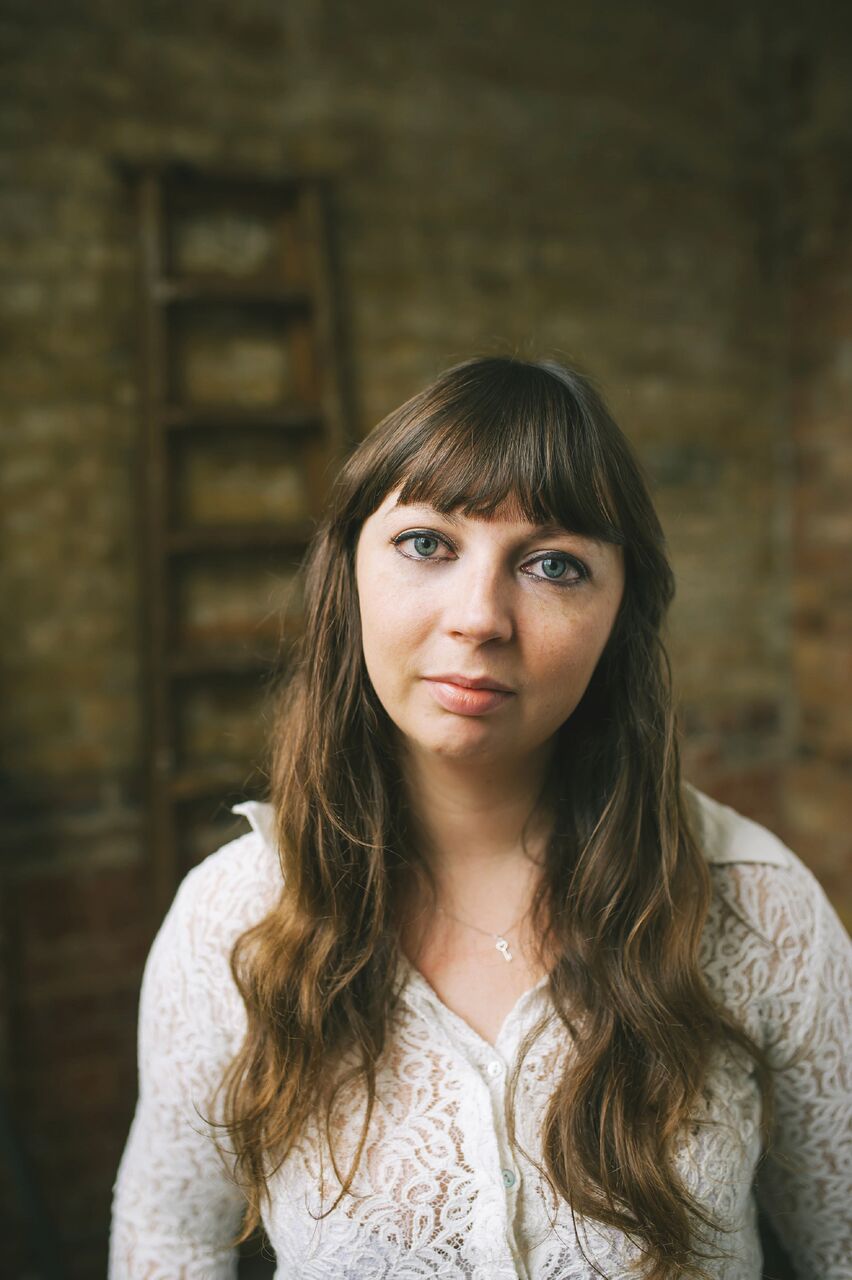I
n literary circles, there has always been much sniggering about the so-called Hampstead novel. Such novels take place in, naturally, Hampstead, or a similarly affluent London neighbourhood, and explore bourgeois concerns, often of a moralistic nature (adultery is a common theme).
I was conscious of this when setting my novel The Tyranny of Lost Things in north London. I had no doubt that I wanted the story to be loosely set around Islington, Kentish Town and Tufnell Park in particular. I was born and spent my early childhood here, before my family moved away to Wales, and knew it was where I wanted to be when I moved back.
In the intervening years the area changed beyond recognition, with gentrification perhaps making it a perfect backdrop for such a Hampstead novel. However, I was more interested in how the area was once the backdrop for a thriving counterculture, in the form of squats and communes, and how that idealism contrasts with the lives of people in their twenties in the modern age.
In The Tyranny of Lost Things, my protagonist Harmony moves back into the house of her birth, which was once an urban commune and has since been divided into flats, in order to try and come to terms with the events of her childhood. It is a novel about trauma and the slipperiness of memory, but it is also a love letter to this part of London, featuring the neighbourhood locations I know so well.

Atomic sun, Hargrave Park
At the top of Hargrave Park Road, on the side of an ordinary looking Victorian house, is a large piece of street art that is in the process of fading into the brickwork. A large yellow sun smiles down on pedestrians, framed by the words “Atomic power, no thank you.” I’ve been aware of it for years and consider it a cheering symbol of the area’s hippie past, and used it as such in my novel.
Hargrave Park is the road adjacent to Bickerton Road, on which is the co-op house in which my parents lived when I was small. The sun has been there since sometime in the 1970s and I was pleased to find, while browsing a book called Curious Kentish Town, that the artist had been interviewed. He painted the sun while tripping on magic mushrooms.
Prince of Wales crescent (now demolished)
The commune in my novel is loosely inspired by the one which existed in the now demolished Prince of Wales Crescent. In fact, it was the Kentishtowner in which I first spied a picture of it, taken by the photographer Jeremy Ross, which sparked off the idea. In the 1970s, an estimated 30,000 people lived in squats across London and they were hotbeds of creativity and radicalism.
At that time it is reported that 52 squatters lived in or around Prince of Wales Crescent: there was a nursery, a restaurant serving unsold produce from local markets, a drug rehab centre, workshops. They made a park. It was a proper community. With too many characters to sustain the reader’s interest, so I set the action in a single house, in the fictional Longhope Crescent.

Mixed bathing ponds, Hampstead heath
I swim in the women’s pond every summer – this year I’ve been going up several times a week – but the scene in the novel involves a relationship between a man and a woman so I had to use the mixed ponds as a backdrop. The novel takes place during a heatwave (I could never have predicted it would come out during a period of entirely appropriate weather) and from a practical perspective, I couldn’t have the characters sitting around the house all day. From an emotional one, and without giving much away, the trip to the ponds helps move the plot forward.
Waterlow park
This is the park my parents would take me to when I was a baby, and as a toddler to feed the ducks. I think it’s just beautiful – it has such a tranquil atmosphere and the fact of its being so high up above the city, and adjacent to Highgate cemetery, gives it a secluded, mythic quality. You wouldn’t believe you were in the city at all.
Though it isn’t named in the novel, nor the psychiatric hospital next to it, these are the locations I imagine when Harmony visits an ex-member of the commune, disturbed by frequent acid flashbacks, to discover more about her past.

Paddling pool, Parliament Hill
One of the central themes of my novel is childhood, and how our childhoods shape us in strange, unpredictable ways. Harmony is in her mid-twenties but a part of her remains trapped in her childhood. She idealises her parents’ hippie past while at the same time suffering trauma from their neglect, so there is a lot in the book about memory and how it works.
The novel has a split narrative, each taking place during a hot summer, the former being when Harmony was a child being taken around the London parks to play in the paddling pools, just as I was. The events in the book are entirely fictional, but I knew I wanted a strong sense of place, hence the use of real locations.
Main image: PR


